Thanks everyone who tuned into my latest webinar on how to photograph mother bears and cubs. You may want to check out these two recent blog posts which covered many of the same ideas- Bear Photography Journal- Capturing Mother and Cubs Part 1 and Bear Photography Journal- Capturing Mother and Cubs Part 2. In case you missed this webinar, here is the recorded version.
Thanks guys for submitting so many great questions. We don’t have enough time for me to answer all of them, so here are my answers to the ones I didn’t answer.
Do you always set your iso or are there times you leave it on auto? Normally I set my own ISO. I like to be in control of the aperture and ISO, so the camera only has one decision to make- the shutter speed. If I am shooting speed priority, such as during heavy action scenes like fishing in varying light conditions, I don’t have time to change my ISO, so I often do use auto ISO. In the latter scenario, the most vital aspect of my settings is to have a shutter speed fast enough, at least 1/1000th of a second, to capture the motion.
If a Bear came close how would you ward it off in an unthreatening way? We never invade a bear’s personal space. If a bear does invade ours, to the point where I need to discourage it, I use my voice and body language- more aggressive, confident stance, calling hands, stern talk/shouting. For last resort I carry a super bright handheld signal flare, like a very intense sparkler, although i have only had to do this 6 times in 23 years. For more info on bear safety, you might like this webinar I did this last summer.
is your mirrorless your primary camera vs mark 5– Since I switched from Canon 7D, my primary camera has been Sony A9. My lenses are all native sony lenses- 100-400, 200-600 and 16-35 2.8.
Have you ever been threatened by a bear and what happened. Over the many years I have worked around bears, I have had many experiences when a bear showed aggressive body language towards me, but I have always been able to use body language and non-lethal deterrents to resolve the issue without injury to myself, anyone with me, and the bear. The most common way I have had problems is by surprising the bear by accident because I was traveling through heavy brush when the noise from wind or running water has masked the sound of my approach.
Please elaborate on white balance control for snow pictures– I always use auto white balance, and 90 percent of the time, this gives me the results I want. If I want to warm up or cool the temp of the image, I can always do this in post processing. You have a much better range of adjusting white balance in post processing if you shoot in raw.
Please talk about how you protect your lenses from condensation when going from cold to warm temps.– If I am very cold conditions 9colder than 20 degrees Far), I like to let my camera stay cold until I am finished shooting for the day or night. If I bring my camera into a warm building, the warm, humid air will condense and create ice on the camera until the internal temp of the camera reaches ambient temp. If you seal the camera in a plastic bag while you are outside, the camera will not be exposed to the higher humidity of the room. The camera will come to temp without condensation. The opposite works when going from dry AC air to very hot humid tropical air.
Do you bring more than one camera ?– I should, but I don’t. One day my primary camera will fail and I will regret not having a backup.
when is a good time to view bear cubs? Cubs are present at all time during the season, but their behaviors are different. The first half of the summer, we see cubs in the meadows and clam flats and get more images of families playing, nursing, snuggling and napping. The second half of the summer- mid July-late sept, we see fishing action, and less of the aforementioned behaviors.
A female bear has 4 teats?– Pandas have 4 teats, all other bears have 6 teats. The two bottom teats are much less productive than the upper two.
Do you carry a tranquilizer in case they charge– No, I recommend either hand held safety flare, or pepper spray in last resort. I explain this in great depth in the above recorded webinar “Living safely with bears.”
I know you use a mirrorless camera. Is there a problem with shutter noise of DSLRs distracting bears?– No these bears never seemed to be affected by camera shutters, although sometimes they seem curious about it. I really love being able to photograph silently, however, even for just the lack of noise for our group, as 8 DSLRs blasting off at once can be very loud.
How long a lense do you use for your images?– These images were taken with 70-200 2.8, 100-400, and 200-600mm lenses.
Are you on full Manual or Aperature Priority? For wildlife photography I recommend not using full manual because speed is essential to capture wildlife images. I like to control the ISO and aperture, and let the camera decide the shutter speed with AV, however if the specific shutter speed is the most important aspect of the image, I shoot in speed priority. I always recommend beginners start using Aperture priority so they can really understand aperture and how it affects shutter speed and depth of field.
General speed guides for bears playing? 1/300 1/500 ? You can do OK with 1/500th, but I go higher for high intensity play, or fishing action.
IS Part One of this series available on line? Link? Yup, here it is! Thank you!
What kind of lens does Brad recommend? If I had one lens to recommend for these trips, it would be 100-400. I recently have been using the new Sony 200-600, but it is much larger and heavier than a 100-400.
Bear travelling pix….what’s your apetrture stop on those? And if the bears are walking, shouldn’t you move to shutter speed? It depends on what kind of depth of field I want. For faraway bears, everything will be in focus regardless of the aperture. If I have no reason to push my aperture for depth of field or to help my shutter speed, F8 is a great aperture for sharp images, as most lenses are sharpest in the middle range.
Can you move the camera or change focal length or other settings when the bears are close?– Yes, but we avoid really loud fast actions, like velcro, zippers, or moving around. Operating the cameras is no problem.
Groups of bears F stop recommnedation?– It depends on how far away the bears are, but I would say F8 is a good start for most groups of bears to achieve enough depth of field for all bears to be in focus. You must go higher the closer the bear family is to you.
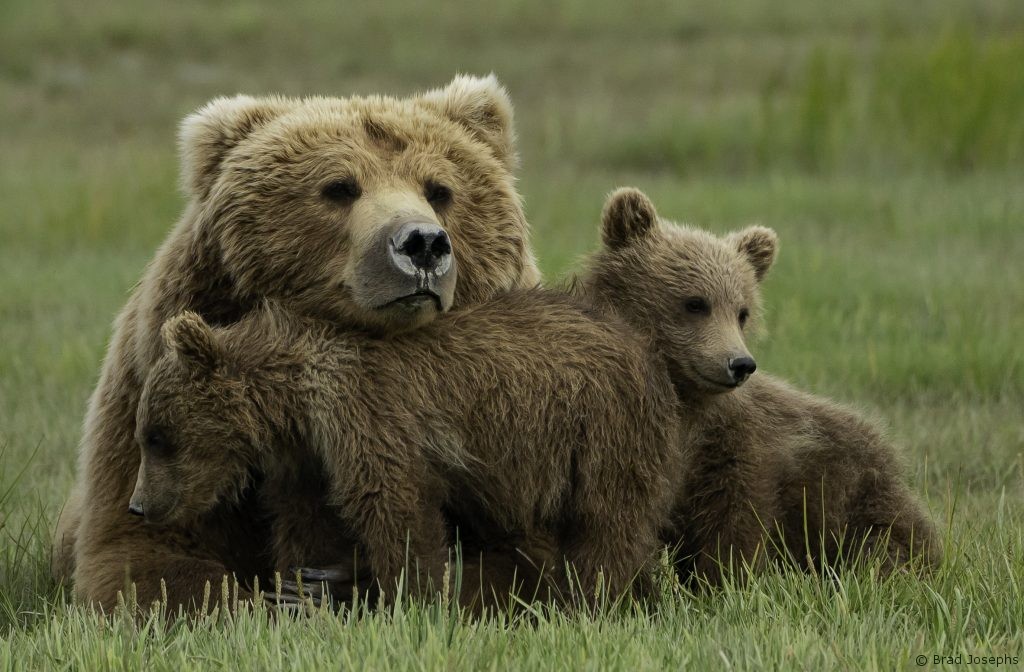
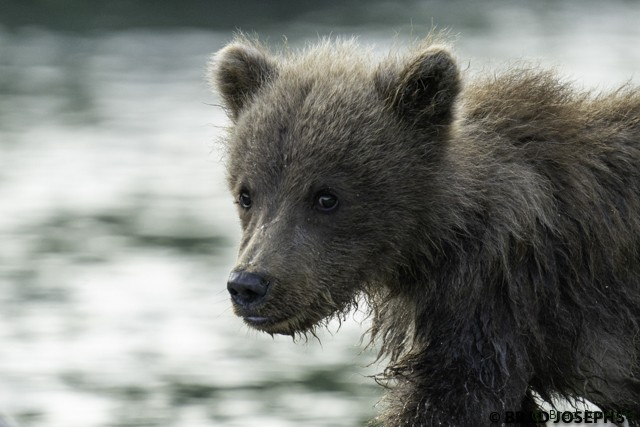
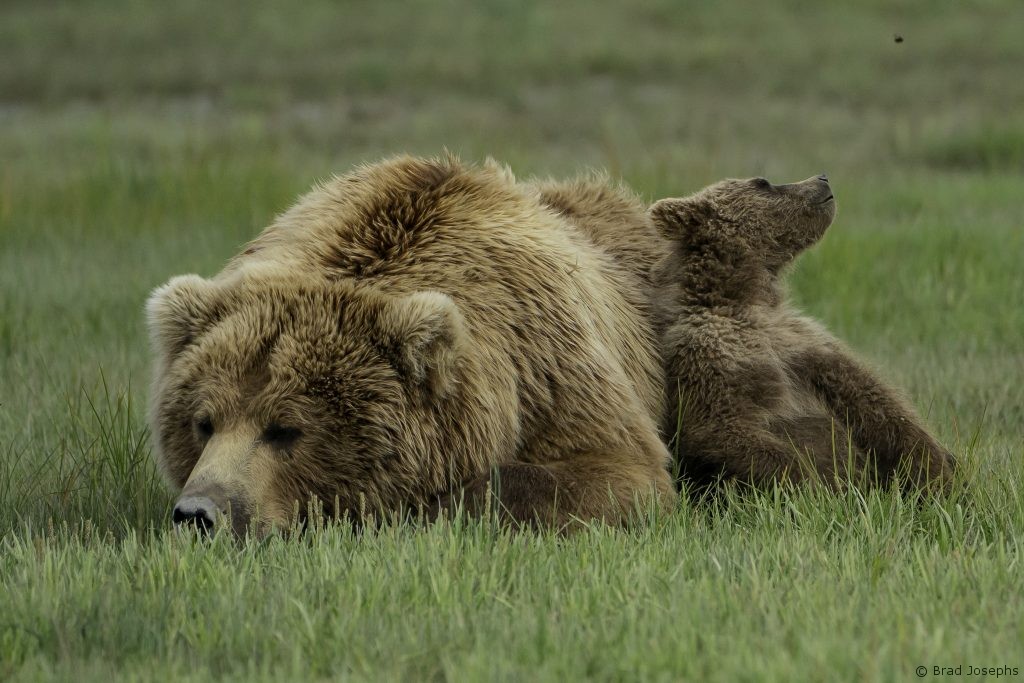
Thanks again everyone for allowing this webinar program to succeed and allow the guides to work from home!
Brad

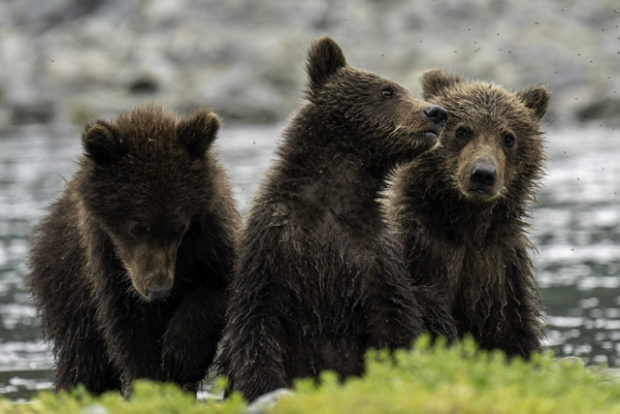

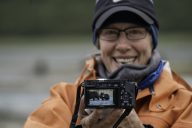
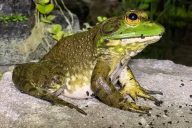
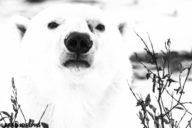
No Comments